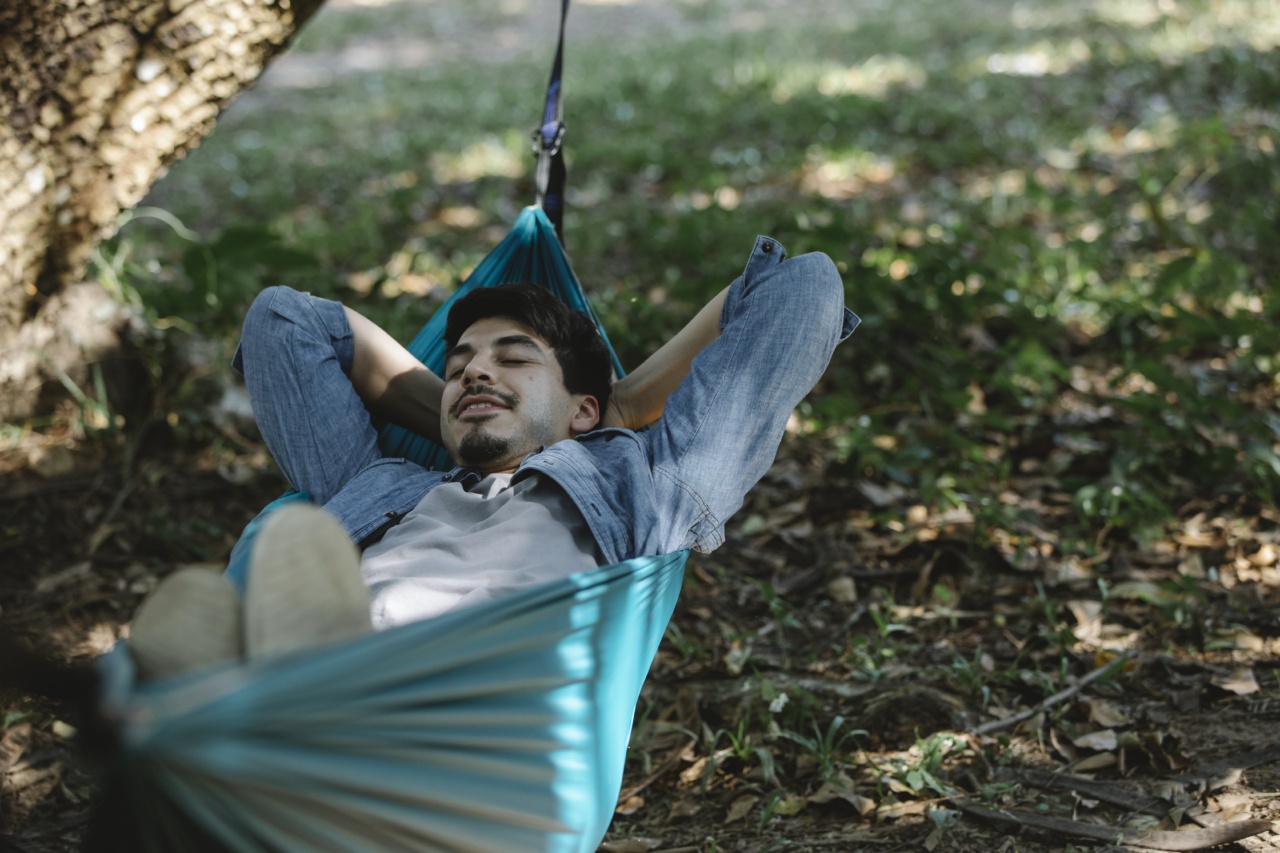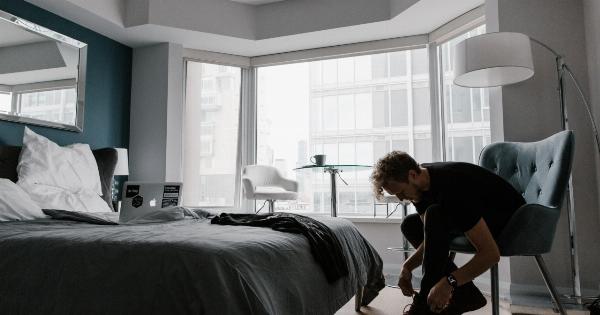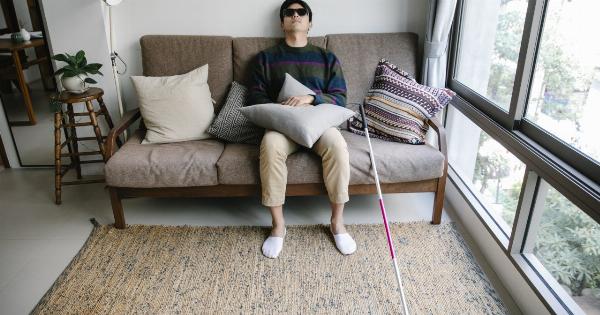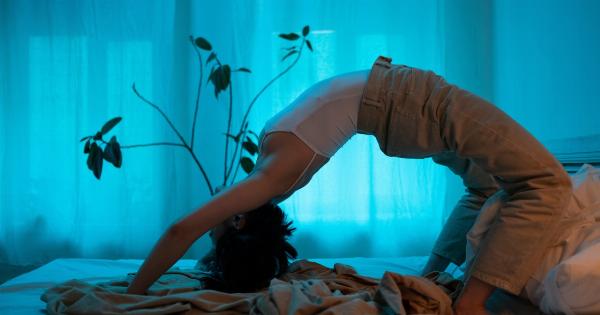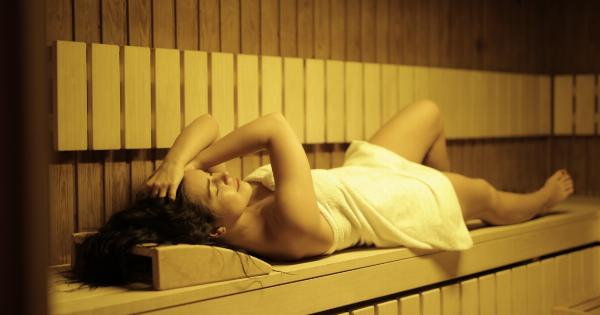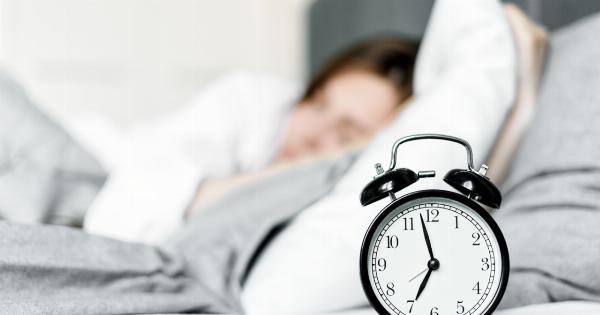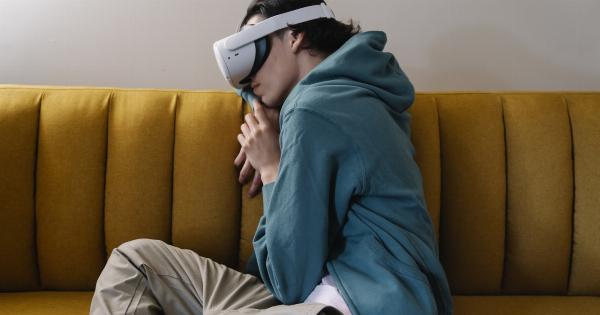Sleep paralysis is a phenomenon in which a person experiences an inability to move or speak while falling asleep or waking up. It is an alarming and sometimes terrifying condition that affects millions of people worldwide.
Sleep paralysis is often accompanied by vivid hallucinations that can take many forms, from the sensation of a presence in the room to the feeling of suffocation or a sense of impending doom.
What Causes Sleep Paralysis?
The exact cause of sleep paralysis is still not fully understood, but it is believed to be related to problems with the REM (Rapid Eye Movement) stage of sleep.
During REM sleep, the body’s muscles become paralyzed to prevent the person from acting out their dreams. However, in some cases, this paralysis continues after the person wakes up or before they fall asleep, leading to sleep paralysis.
There are several factors that can increase the risk of sleep paralysis, such as sleeping on your back, having irregular sleep patterns, experiencing stress or anxiety, or having a family history of sleep paralysis.
Certain medical conditions, such as narcolepsy, may also increase the likelihood of experiencing sleep paralysis.
What Are the Hallucinations Associated with Sleep Paralysis?
The hallucinations experienced during sleep paralysis can be extremely vivid and sometimes terrifying. Here are some of the most common types of hallucinations:.
Sense of Presence
One of the most common hallucinations experienced during sleep paralysis is the sense of a presence in the room. This can range from a feeling of being watched to the sensation of someone or something standing over you.
Some people have reported seeing figures or entities in the room with them during sleep paralysis.
Physical Sensations
Physical sensations are also a common component of sleep paralysis hallucinations. These can include the feeling of pressure on the chest, difficulty breathing, or a sense of suffocation.
Some people have reported feeling as if a heavy weight is pressing down on their body, making it impossible to move.
Visual Hallucinations
Visual hallucinations are also common during sleep paralysis. These can take many forms, from seeing strange creatures or animals to experiencing vivid and intense nightmares.
Some people have reported seeing shadowy figures or intruders in their room during sleep paralysis.
Sleep Paralysis and Culture
Sleep paralysis is a phenomenon that has been documented in various cultures throughout history. In many cultures, sleep paralysis has been associated with supernatural or paranormal forces.
In the Middle Ages, sleep paralysis was often attributed to demonic possession or witchcraft. In contemporary Western culture, sleep paralysis is often seen as a medical condition, but many people still experience fear and anxiety associated with the phenomenon.
Treatment for Sleep Paralysis
Although there is no cure for sleep paralysis, there are several things you can do to reduce the frequency and severity of episodes. Here are some tips:.
- Avoid sleeping on your back
- Establish a regular sleep routine
- Reduce stress and anxiety through relaxation techniques such as meditation or yoga
- Seek treatment for any underlying medical conditions that may be contributing to sleep paralysis, such as narcolepsy
If your sleep paralysis is causing you significant distress or interfering with your daily life, you may want to consider seeing a sleep specialist or mental health professional for further evaluation and treatment.
The Bottom Line
Sleep paralysis is a common and often terrifying condition that affects millions of people worldwide. Although the exact cause of sleep paralysis is still not fully understood, it is believed to be related to problems with the REM stage of sleep.
In addition to the inability to move or speak, sleep paralysis is often accompanied by vivid and sometimes terrifying hallucinations. There are several things you can do to reduce the frequency and severity of episodes, such as establishing a regular sleep routine, reducing stress and anxiety, and seeking treatment for underlying medical conditions.
